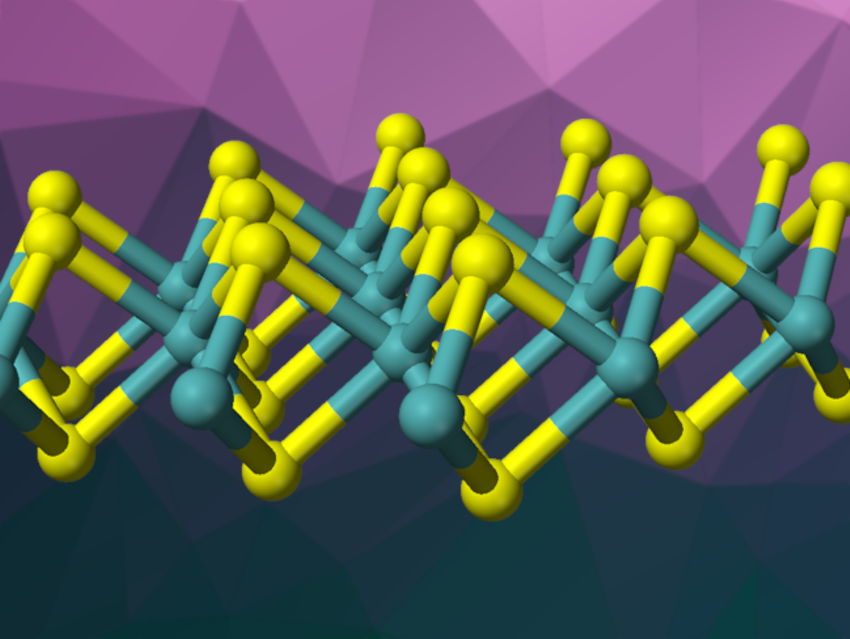Molybdenum disulfide (MoS2) can be an interesting two-dimensional material with uses, e.g., in electronics or photodetectors. For many applications, high-quality 2D crystals with very few defects are necessary. Chemical vapor deposition (CVD) is often used to prepare 2D transition metal dichalcogenides such as MoS2. However, the products can suffer from defects— in the case of MoS2, mostly vacancies where a sulfur atom should be. These defects can reduce the material’s performance, e.g., by reducing charge carrier mobility.
Bilu Liu, Tsinghua University, Shenzhen, China, and colleagues have used single-atom sulfur (S1) as a highly reactive sulfur source that can prevent the formation of sulfur vacancy defects during the growth of MoS2 and, thus, provide high-quality 2D crystals. The team used sulfurized polyacrylonitrile (SPAN) from lithium-sulfur battery waste as a source of this single-atom sulfur. They used SPAN as the sulfur precursor to grow monolayer MoS2 via CVD, heating it to 400 °C to selectively release S1.
The resulting monolayer MoS2 showed an ultralow defect density and good optical properties with a narrow photoluminescence emission peak. Compared to two-dimensional MoS2 grown using simple sulfur (i.e., S8) powder, the crystals are of much higher quality. The team’s strategy might also be useful for the growth of other high-quality 2D transition metal dichalcogenides.
- Exclusive Generation of Single-Atom Sulfur for Ultrahigh Quality Monolayer MoS2 Growth,
Yunhao Zhang, Jingwei Wang, Yumo Chen, Xian Wu, Junyang Tan, Jiarong Liu, Huiyu Nong, Liqiong He, Qinke Wu, Guangmin Zhou, Xiaolong Zou, Bilu Liu,
J. Am. Chem. Soc. 2024.
https://doi.org/10.1021/jacs.4c10810




